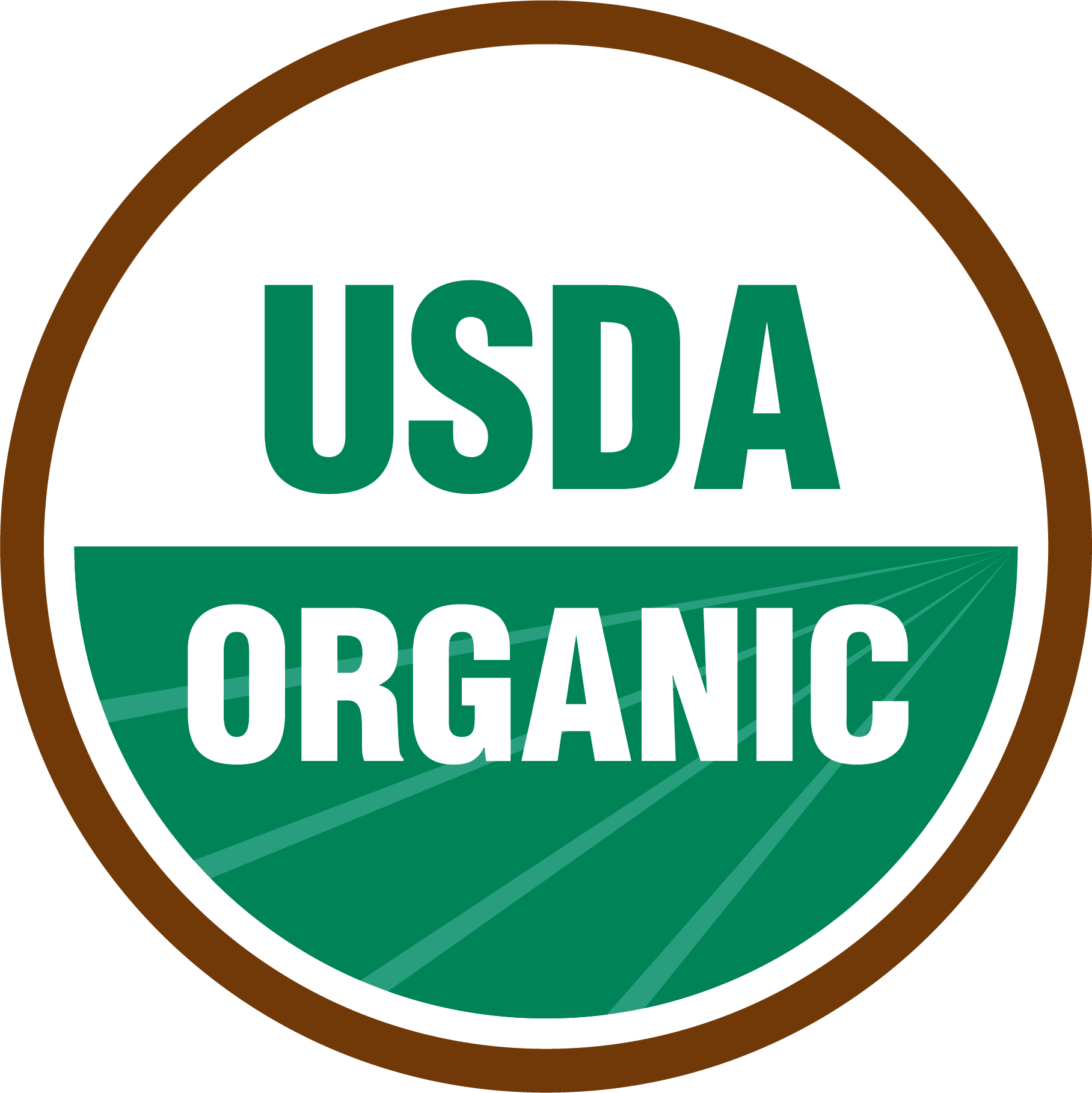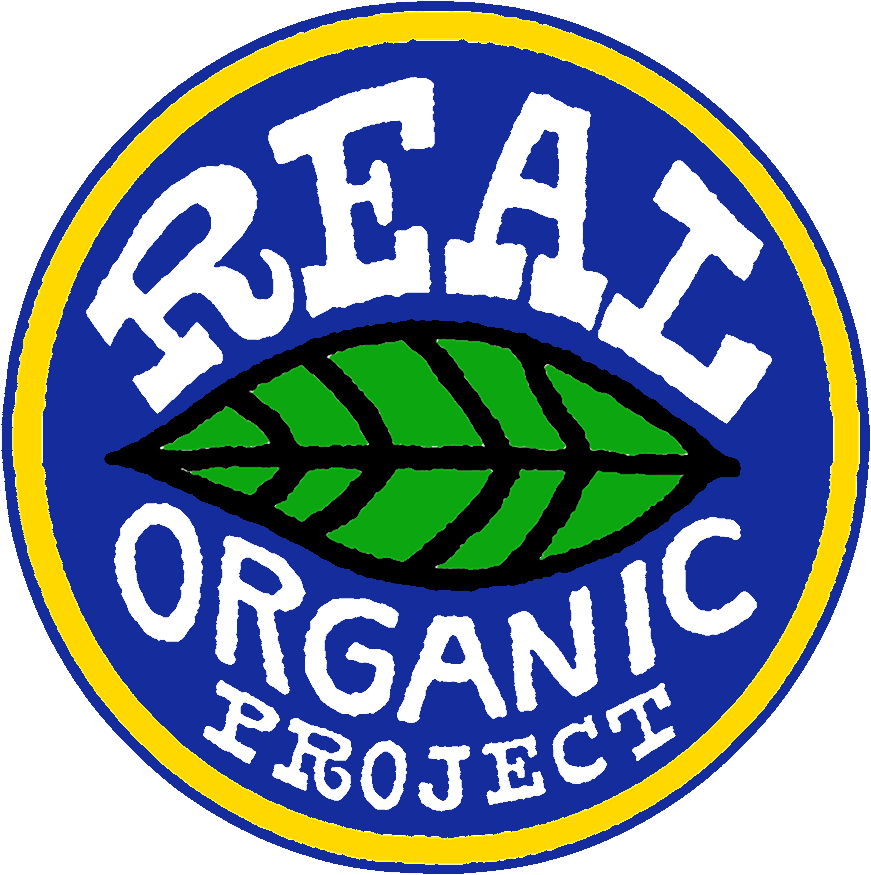Dear KCSA community,
The planets and the stars were in alignment Saturday night. The new moon and clear skies made Jupiter, Saturn and Mars all very shiny and bright. Looking through a 100x telescope made those lights into planetary bodies, with moons of their own (Jupiter), rings (Saturn) and a bright red glow (Mars). I must confess that I didn’t get to see Saturn but this was my first time seeing anything through a telescope and it was pretty spectacular. Thanks, Marylin!
Saturday was primarily a root day on the biodynamic calendar and the roots on the share this week will continue to be watermelon radishes! Our beets will be ready soon. We’re still hanging in for the carrots. Although summer is over, the weather this fall has been quite favorable, so we are hopeful they will be ready before the end of the season. We are enjoying this weather whilst it lasts. Just as summer was late, so is winter…but it’ll be here and we need to be ready!
Over the last few years we have grown Romanesco in the winter. Romanesco AKA Roman broccoli is a cross between cauliflower and broccoli that looks like it has been printed on a 3D printer. Anyway, every year a few would be ready in time but for the most part they’d take forever to size up during November leading to quite a bit of wastage.
This year we have swapped the cauliflower-esqe Roman broccoli for just plain old regular broccoli. It’s been on the share, but we are now faced with the same issue where basically all the plants have started to head up but are taking their sweet time to size up. The good news is we are three to four weeks ahead of the Romanesco curve, but for this week, at least, we’ll be swapping out the broccoli with sweet red cabbage. Broccoli will be back!
Cheers,
Andrew







































